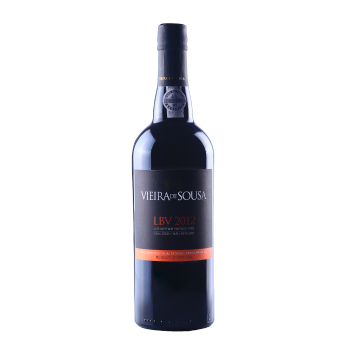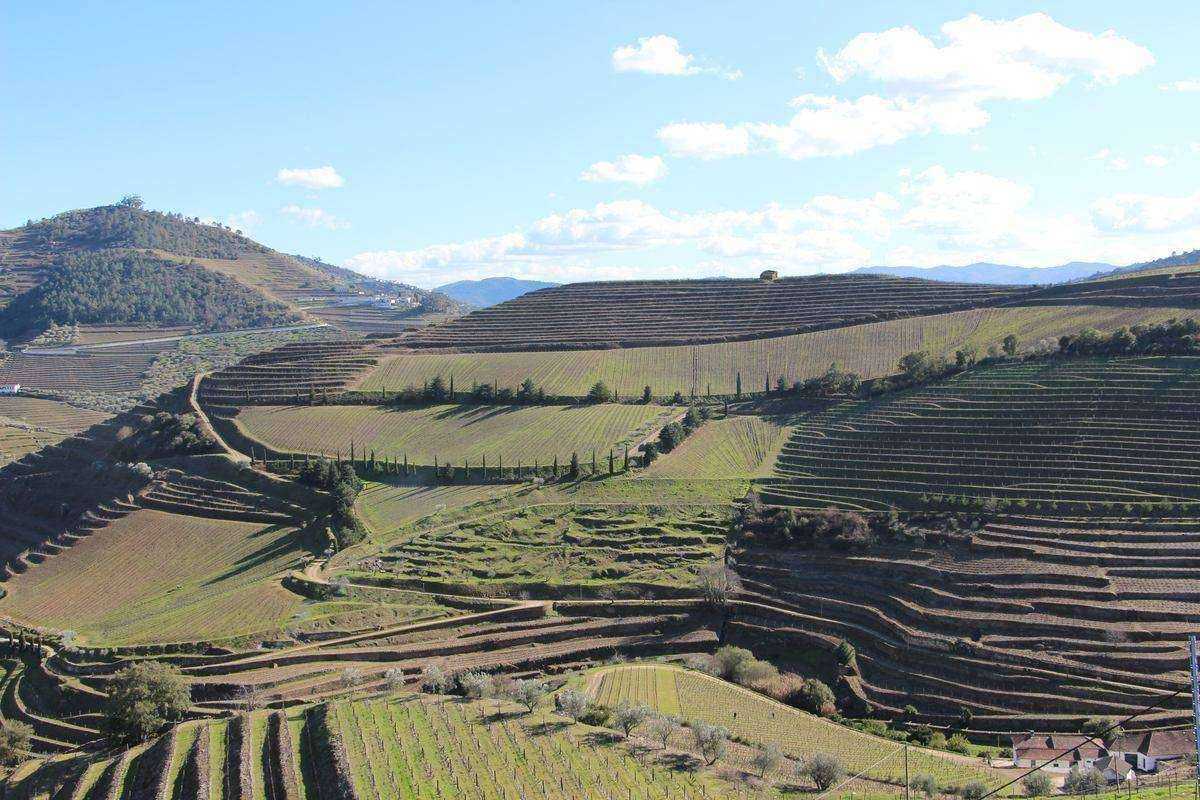The Douro shale soil: the secret of Port wine
When trying to explain the reasons for the success of Port wines, several ideas come to mind. There is of course the age of the Designation of Origin, the first in the world, created by the Marquis de Pombal in 1756. There is of course also the role of the English who made Porto wines known in the whole world. There is this particular geography of the upper Douro, the region where Porto wines are produced, with its terraced hills which overlook the river and its tributaries, with its indigenous grape varieties with small berries and thick skin, with its climate and its hot summers…

PORTOVINTAGE.COM
DIRECT FROM PORTUGAL
Shipping throughout Metropolitan France, Belgium and Peninsular Spain
I discover
We do not immediately think of the role of the soil in the success of Port wines and yet it is great. The quality of a wine depends on the climate or the microclimate, the grape variety or grape varieties used, the winemaker and his viticultural practices, but also the nature of the soil. Soil plays an essential role in the personality of a wine. It influences the color of the wine and its sensory analysis (aromas, amplitude, finesse, ...), with variations from one soil to another. Two neighboring properties, cultivating the same grape variety on the same type of soil with the same winemaker, will produce different wines. Professionals know these phenomena and wine appellations take them into account in their rankings. It is even said that in the Middle Ages, to classify the vine, the vineyard monks tasted the land...
The soil is between the surface of the earth and the bedrock which constitutes the subsoil. It is a mixture of fragments of bedrock and organic matter from animals and plants living on the surface. The soil is made up of layers. It is characterized by its color, porosity, texture and composition. The soil elements from the source rock are not found with the same concentration everywhere in a vineyard and vary according to the location of the vine, whether it is in the valley, at the top or at the bottom of the hill . In the upper Douro, a region where Port wines are produced, the composition of the soil can vary from one slope to another, from one terrace to another. On the slopes, because of the scree, the soil composition is richer and the wines that come from it are denser and more complex.
In Upper Douro, as in other great wine appellations of the world, the best soils are shale soils. During the continental drift, clayey-sandy sediments were moved to the depths of the subsoil, subjected to extreme heat and high pressure until they were transformed into granite or shale. Shale is a fine-grained rock made up of different minerals, including clay. It occurs in more or less thin parallel sheets, born from the tectonic constraints that shaped the minerals that make up the rock. The color of shale can vary from one vine to another, from one plot to another. Some shales are red, others brown, gray, blue or black, depending on their mineral content.
The soil allows the vine to take root, to access water and all the nutrients that will allow its development. The composition of the upper Douro shales, rich in nutrients, and their flaky structure lead the vines to take root deeply in search of water. All the winemakers in the world know that the soil must make the vine suffer to produce good wine. The scarcity but regularity of the water supply for the vine is a factor in the quality of the wine, the vine being able to find moisture at all stages of its maturation, even during periods of drought. In addition, a shale soil allows the heat to spread deep. A high temperature at the level of the roots allows a better supply of nitrogen, mineral elements and carbon. In the upper Douro, the geological structure of the soil, combined with the dry climate and the use of thick-skinned indigenous grape varieties, explains why the yields are very low, the juices very concentrated and the wines very rich.
When the vine is regularly supplied with water but in small quantities, this influences the organoleptic quality of the wine. The laminated nature of the shale allows the roots of the vine to descend deep into the ground, up to ten meters, where the rainwater circulates. By allowing the roots to penetrate deep into the soil, shale also increases contact and therefore exchanges between the plant and the mineral components of the soil. Not all grape varieties are suitable for this type of soil. Besides, in the upper Douro, the ancients who had planted several different grape varieties on the same plot had observed significant yield differences from one grape variety to another. As good peasants they had deduced that it was better to continue planting the vine in different grape varieties in order to ensure a minimum harvest each year.
The juice harvested during the harvest is directly related to the nature of the soil on which the vine has grown: yield, sugar content, total acidity, polyphenols, anthocyanins ... The acidity of a wine defines its relief in the mouth (if it is too weak the wine is considered flat and if it is too strong the wine is considered aggressive) but also its aging capacity. Anthocyanins (pigments contained in the skin of black grapes) and polyphenols (molecules formed from sugars in the skin and grape seeds and producing the coloring and tannins of wines) have antioxidant properties which act on the aging of cells.
Shale favors the appearance of cooked fruit, undergrowth and dried fruit aromas in wine, as well as empyreumatic aromas (aromas of "burnt", toasted / grilled, tobacco, coffee, caramel, chocolate, pepper). It also gives the wine great length on the palate. The finesse and aromatic complexity of Port wines come largely from the shale soils from which they come.



